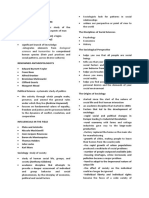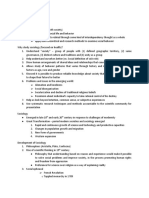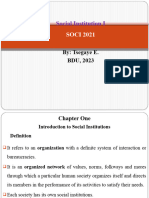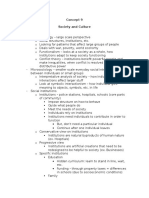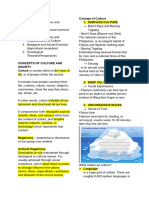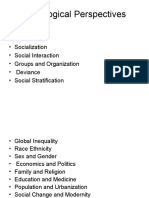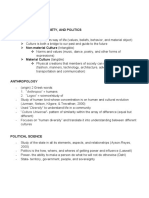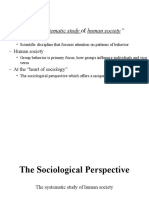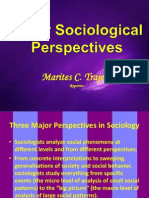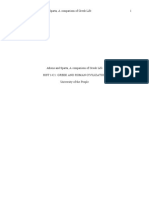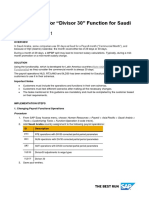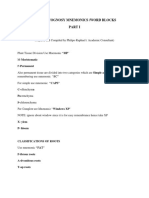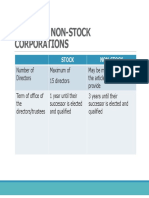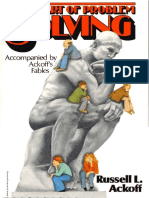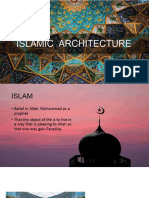0% found this document useful (0 votes)
50 views8 pagesDISS 3rd
The document provides an overview of key concepts in social science including structural functionalism, Marxism/conflict theory, and symbolic interactionism. It discusses these perspectives and their strengths/weaknesses for understanding society and social phenomena.
Uploaded by
Jashandeep DhillonCopyright
© © All Rights Reserved
We take content rights seriously. If you suspect this is your content, claim it here.
Available Formats
Download as PDF, TXT or read online on Scribd
0% found this document useful (0 votes)
50 views8 pagesDISS 3rd
The document provides an overview of key concepts in social science including structural functionalism, Marxism/conflict theory, and symbolic interactionism. It discusses these perspectives and their strengths/weaknesses for understanding society and social phenomena.
Uploaded by
Jashandeep DhillonCopyright
© © All Rights Reserved
We take content rights seriously. If you suspect this is your content, claim it here.
Available Formats
Download as PDF, TXT or read online on Scribd
/ 8


